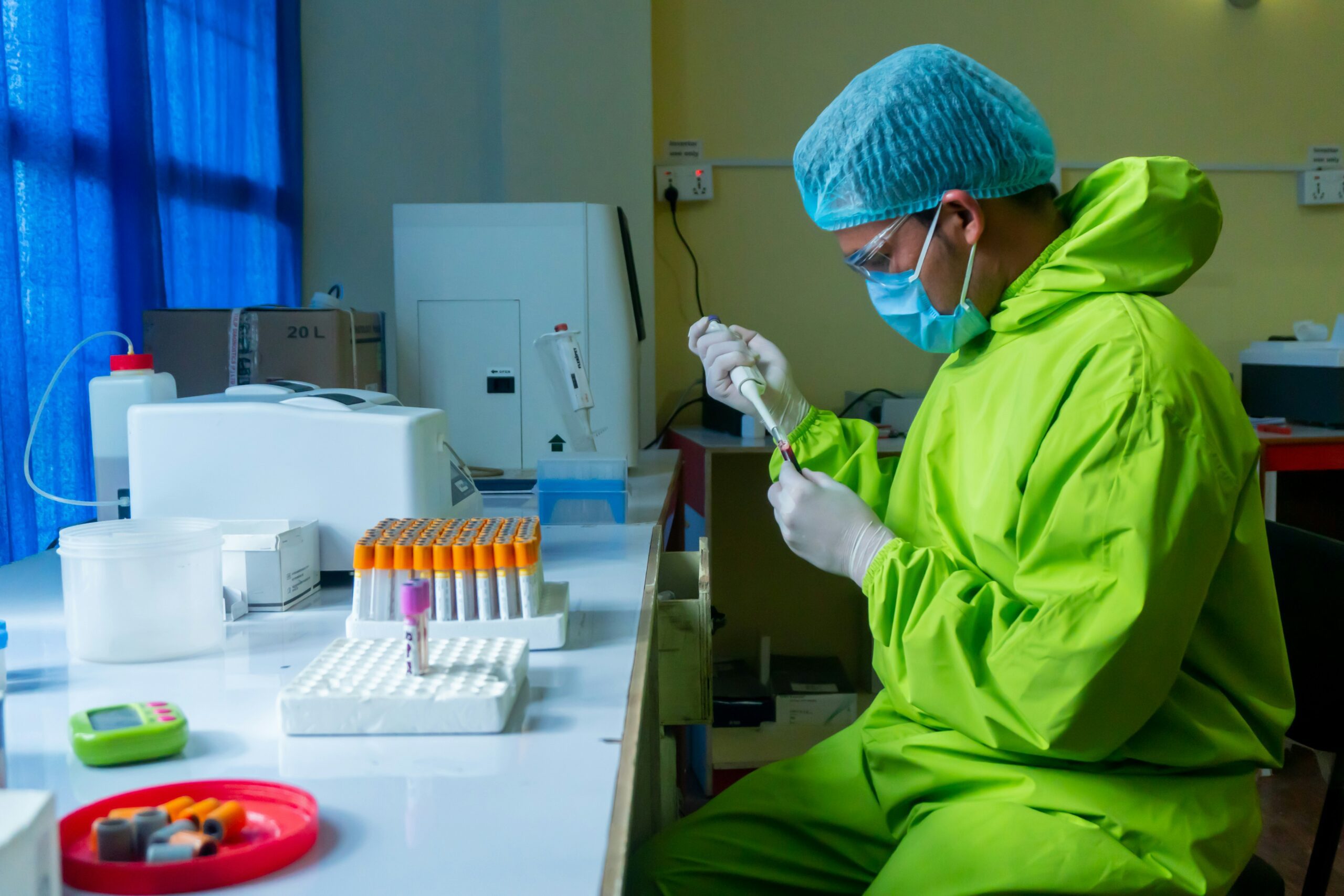Introduction to the F9 Protein and Hemophilia B
Hemophilia B, also known as Christmas disease, is a rare genetic disorder characterized by the deficiency or dysfunction of the F9 protein. In this blog post, we will explore the significance of the F9 protein, its structure, function, and its importance in the treatment of hemophilia B.
The Structure and Function of the F9 Protein
The F9 protein, encoded by the F9 gene located on the X chromosome, is a key component of the coagulation cascade. Mutations in the F9 gene can result in various defects in the F9 protein, leading to different levels of severity in hemophilia B. The F9 protein consists of a single polypeptide chain composed of 415 amino acids and contains functional domains such as the Gla domain, EGF1 domain, EGF2 domain, and serine protease domain. The Gla domain is responsible for calcium binding, while the serine protease domain enables the F9 protein to cleave other proteins involved in the coagulation cascade.
The Role of the F9 Protein in Blood Clotting
The F9 protein’s primary function is to activate factor X, another protein involved in the coagulation cascade. When a blood vessel is damaged, the F9 protein, in the presence of calcium ions, cleaves factor X at a specific site, activating it. Activated factor X then goes on to activate factor II (prothrombin), leading to the formation of fibrin, the protein that forms the meshwork of a blood clot. Without sufficient F9 protein activity, individuals with hemophilia B experience impaired blood clotting, making them prone to excessive bleeding.
Treatment of Hemophilia B with the F9 Protein
Individuals with hemophilia B require regular infusions of the F9 protein to prevent or control bleeding episodes. Recombinant F9 protein, produced through genetic engineering techniques, is the most commonly used form of treatment for hemophilia B. It provides the missing or deficient F9 protein, allowing individuals with hemophilia B to maintain normal blood clotting function. These infusions can be done prophylactically to prevent bleeding or on-demand to treat bleeding episodes.
Gene Therapy: A Potential Cure for Hemophilia B
In recent years, gene therapy has emerged as a potential cure for hemophilia B. This approach involves introducing a functional copy of the F9 gene into the cells of individuals with hemophilia B, enabling their bodies to produce the F9 protein on their own. Clinical trials have shown promising results, with some patients achieving sustained levels of F9 protein activity without the need for regular infusions. Gene therapy offers hope for a future where individuals with hemophilia B can lead normal lives without the burden of constant treatment.
Conclusion and Future Perspectives
The F9 protein is a vital component of the blood clotting process and plays a crucial role in the treatment of hemophilia B. Its structure and function are intricately linked to the coagulation cascade, and its deficiency or dysfunction can lead to severe bleeding disorders. The development of recombinant F9 protein and the potential for gene therapy have significantly improved the quality of life for individuals with hemophilia B. Continued research and advancements in this field hold the promise of a future where hemophilia B can be effectively cured, providing hope for those affected by this rare genetic disorder.




whoah this weblog is magnificent i love studying your posts. Keep up the great paintings! You recognize, many persons are searching around for this information, you can help them greatly.